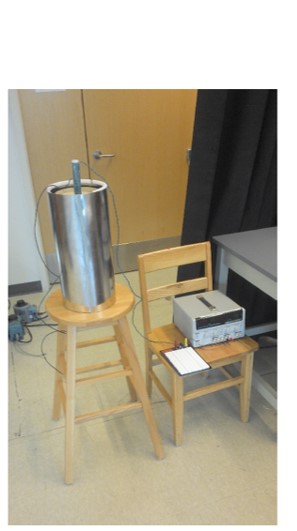Making Hyperpolarization Versatile, Practical and General for NMR and MRI
- Duke University, Chemistry, Durham, United States
Molecular hyperpolarization is clearly an important enabling technology for the next generation of magnetic resonance techniques, and has been successfully applied in many different NMR and MRI applications. However, general applications of hyperpolarization are limited by two effects. First, hyperpolarization decays back to thermal equilibrium at a rate given by the nuclear spin lifetime T1, which in solution is commonly seconds. The second challenge is that the best known hyperpolarization approach, dynamic nuclear polarization (DNP), only produces very large enhancements with drastically cooled samples in high magnetic fields (which in turn require mm-wave irradiation). As a consequence, the apparatus tends to be complex with slow buildup times, and is not readily scalable.
I will discuss recent work from our group which addresses both of these challenges. "Disconnected eigenstates," such as the singlet between a single pair of inequivalent spins, or the state ( α β- β α)13C( α β- β α)H between pairs of spins equivalent by symmetry, provide a powerful motif for reducing relaxation rates. Pulse sequences can load and unload such states in many different molecules, including a variety of motifs relevant for tagging multimodality agents or direct biochemical probing. Applications to diazirine compounds, substituted biphenyls, and simple model systems such as deuterated ethylene will be discussed.
We will also discuss a variety of promising new approaches to make hyperpolarization simpler, cheaper, and more efficient, building on the SABRE approach (catalytic transfer of parahydrogen order into other molecules in solution) pioneered by Duckett several years ago. Our two recent approaches, LIGHT-SABRE [1] and SABRE SHEATH [2] , permit this magnetization transfer either at arbitrary field strengths (e.g. directly inside an imaging magnet), or directly from proton to nitrogen at extremely low fields. The SABRE SHEATH apparatus is stunningly simple (a shield and a single coil suffices to enable the catalytic transfer), with 10% nitrogen polarization demonstrated. We will discuss extensions of both methods for production of scalable, continuous hyperpolarization, with a focus on very long lived agents which are particularly useful at modest magnetic field strengths.

- [1] Theis T, Truong M, Coffey AM, Chekmenev EY, Warren WS, (2014), LIGHT-SABRE enables efficient in-magnet catalytic hyperpolarization., Elsevier, Journal of Magnetic Resonance, 248,23-26
- [2] Theis T, Truong ML, Coffey AM, Shchepin RV, Waddell KW, Shi F, Goodson BM, Warren WS, Chekmenev EY, (2015), Microtesla SABRE enables 10% nitrogen-15 nuclear spin polarization, American Chemical Society, Journal of the American Chemical Society, 137,1404-7
